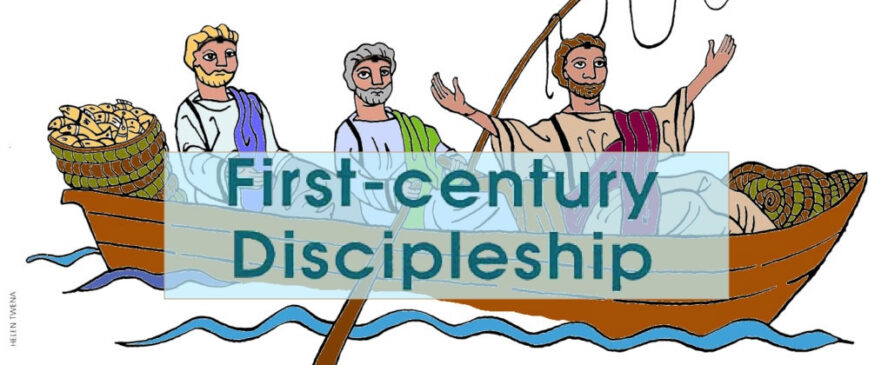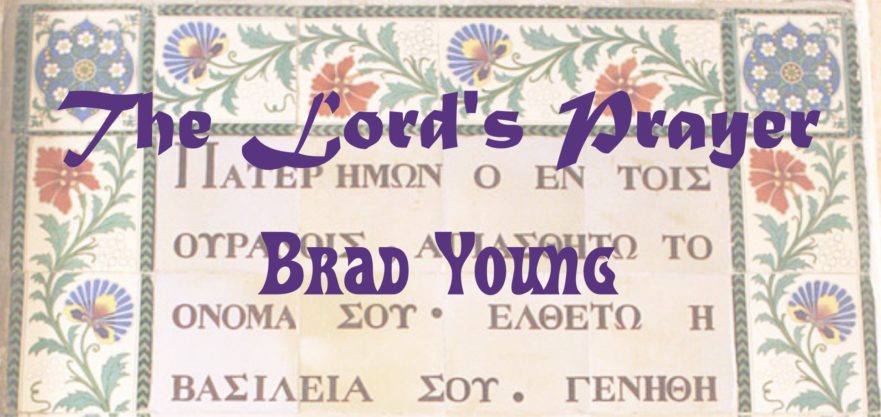Like other sages of his time, Jesus demanded his disciples’ total commitment. They were to put the “kingdom of Heaven” (Jesus’ band of full-time disciples) before all else. They were to “hate,” that is, put second, father, mother, wife, children, brothers, sisters, and themselves, as well (Luke 14:26). Following Jesus to learn Torah from him was to take precedence over every other endeavor.
Gospel Translation

Hebrew words usually have many shades of meaning, and the Greek translator of the conjectured Hebrew “Life of Jesus” could convey only one sense of each Hebrew word’s meaning. When the standard Greek translation of a Hebrew word became fixed, Greek translators often employed this standard translation even when the Hebrew word it translated appeared with an obviously different meaning.
Mary and Martha: The Rest of the Story
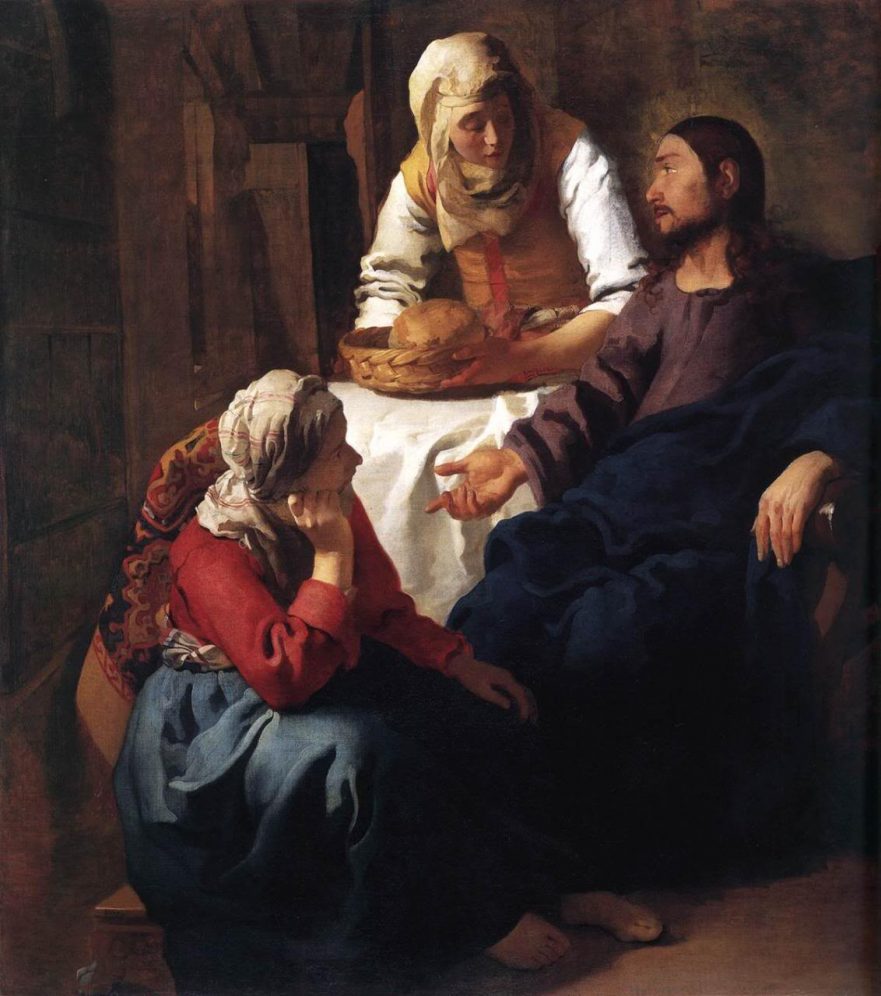
In Robert L. Lindsey’s theory of gospel transmission, the Hebrew version of Jesus’ biography and its Greek translation have both been lost. Although none of the synoptic Gospels preserves the original text in its entirety, together they do preserve all, or nearly all, of the stories in the original work.
Sidebar: A Conjectured Process of Gospel Transmission Outlined by Robert Lindsey

The stages of transmission from the earliest Hebrew biography of Jesus to the canonical Gospels of Matthew, Mark and Luke.
At the Feet of a Sage

Jewish sages and their disciples were dependent upon the hospitality of the communities they visited.
Discovering Longer Gospel Stories

Research by Robert L. Lindsey has helped clarify the process by which gospel texts were preserved and transmitted. Luke desired, he said in his prologue, to present to Theophilus an “orderly” account. Such ordering is to be noted in Matthew and Mark, as well. These attempts at ordering help us understand why so many of the synoptic gospel stories appear in a different chronological order from gospel to gospel.
The Traveling Sage

Jewish teachers of first-century Israel lacked the sophisticated methods of mass communication we have today. Consequently, the sages of Jesus’ day spent much of their time traveling throughout the country, much like the biblical prophets, to communicate their teachings and interpretations of Scripture.
Was Jesus a Rabbi?
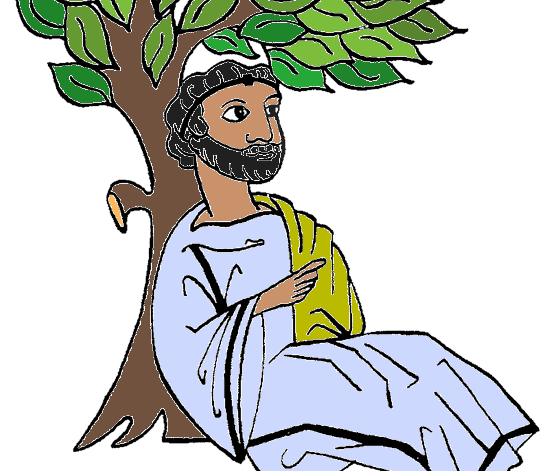
It was only after 70 A.D. that רַבִּי (rabi) became a formal title for a teacher, and thus cannot correctly be applied to Jesus.
The “How Much More” Rabbinic Principle of Interpretation in the Teaching of Jesus
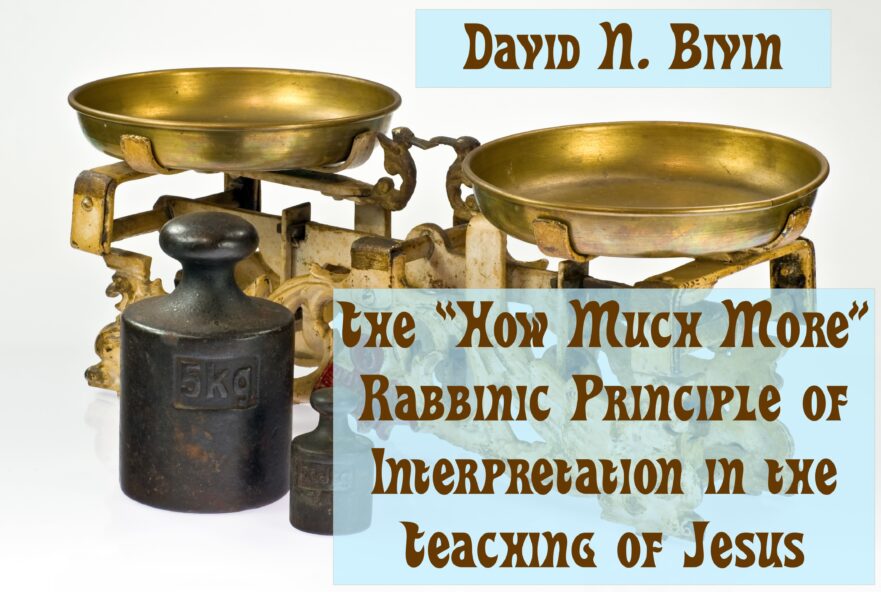
The use of simple-to-complex reasoning (kal vahomer in Hebrew) is as frequent in the teaching of Jesus as in the teaching of the sages.

